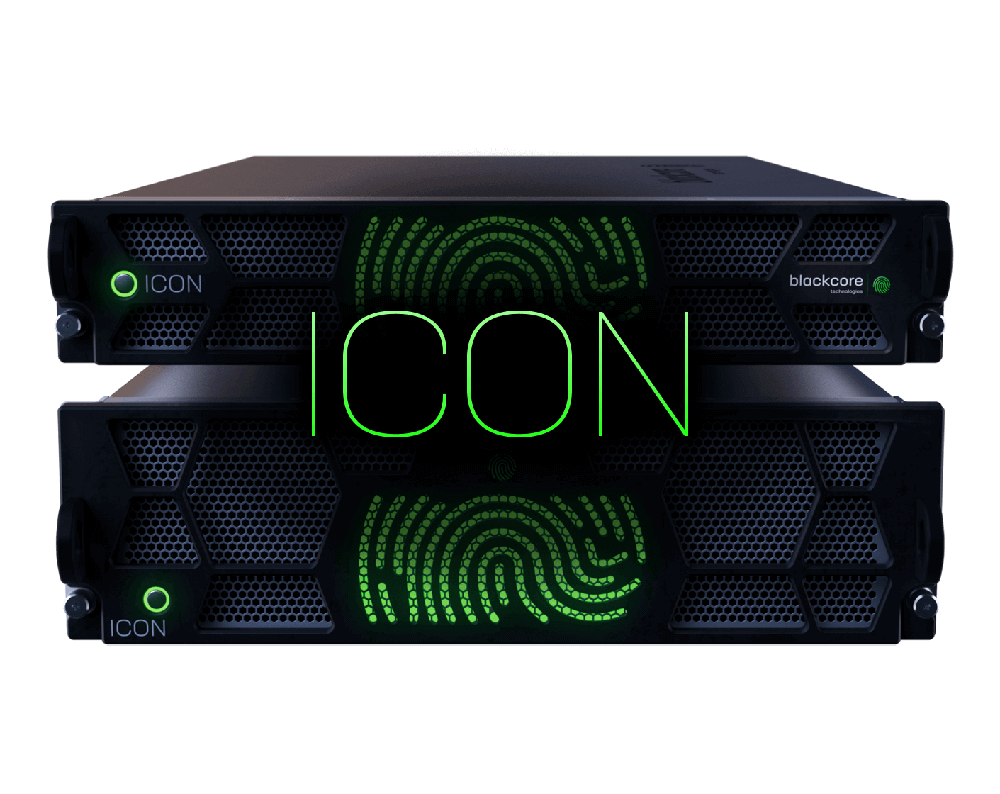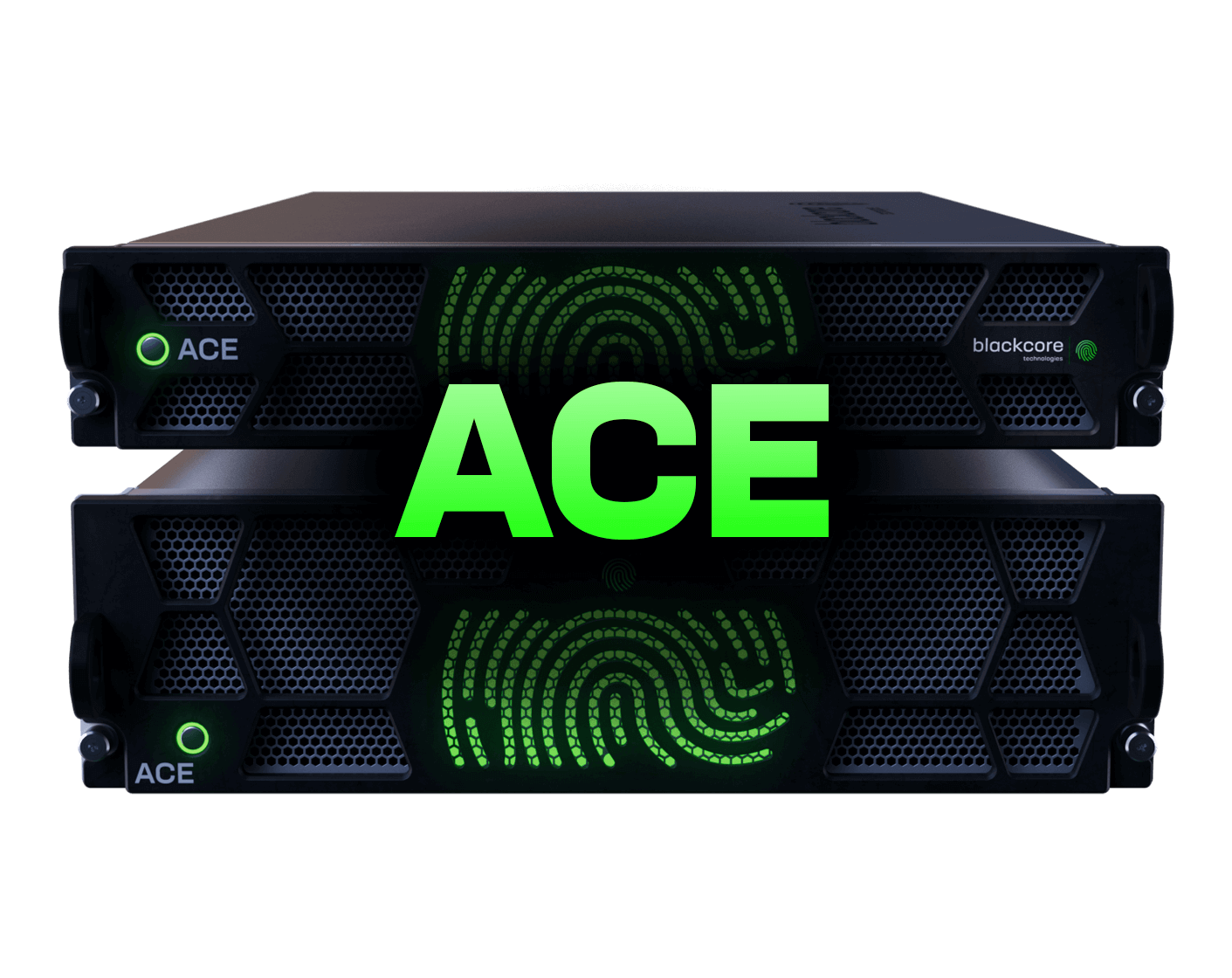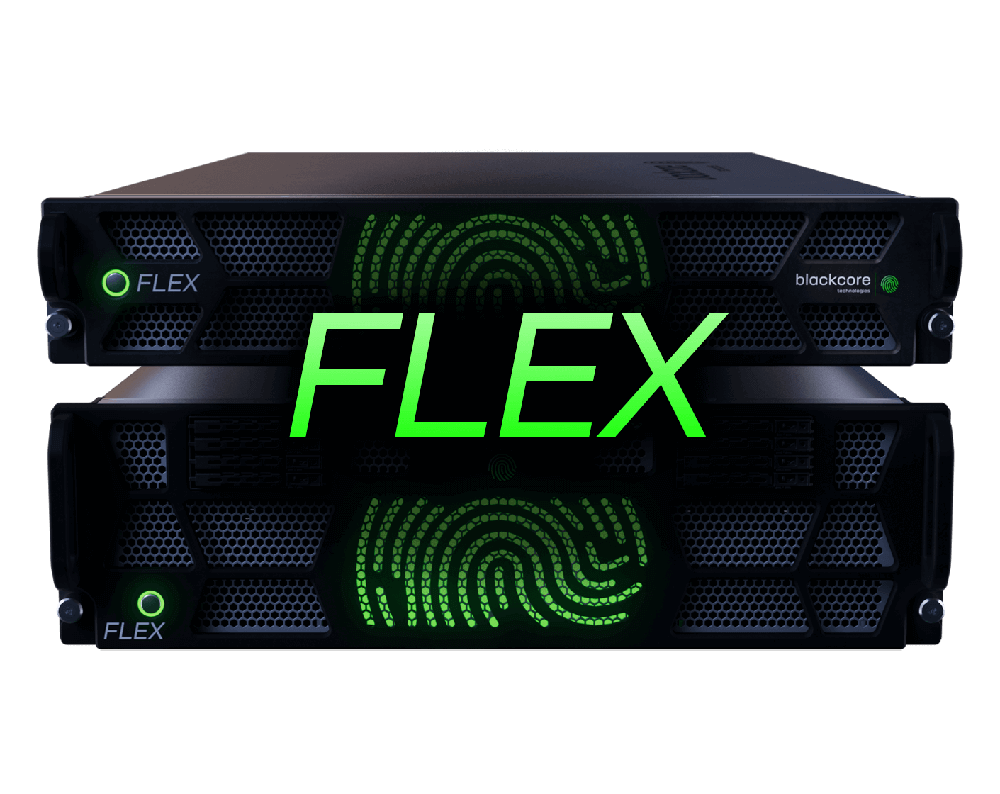Let’s get straight into it.
SPR – Stands for Sapphire Rapids, which is the codename for Intel’s latest Xeon technology – 4th Gen Intel® Xeon® Scalable Processors and Intel® Xeon® W.
SPR-M – Blackcore’s latest server platform based on the latest Xeon architecture from Intel. Featuring up to 4.8GHz on 24 Cores. Learn more about SPR-M.
RPL – Raptor Lake – Intel’s codename for their 13th Gen Intel® Core™ i9 processors. This is their latest consumer-focused “gaming” SKU, focused on smaller core counts with high clock speeds. RPL follows on from Alder Lake (ADL) and improves upon the new hybrid P-core / E-core architecture as well as improving DDR5 compatibility and performance.
P-core / E-core – “Performance core” and “Efficiency Core” respectively. These terms are relatively new and were introduced with the Alder Lake (ADL) architecture which brought a new hybrid core layout. The P-cores are your traditional full power, high frequency cores. The E-cores are smaller and less power-hungry, aimed at background tasks and OS functions that aren’t high power. This means the important system threads like games or rendering applications, can run uninterrupted on the P-cores without contention.
PCIe/PCI-e - PCI Express (Peripheral Component Interconnect Express) is a high-speed serial computer expansion bus standard. It is the common motherboard interface for many devices, but in fintech is primarily used for Smart NICs, FPGAs, and GPUs.
CXL - This abbreviation stands for Compute Express Link. CXL is an up-and-coming technology built alongside the PCIe standard. CXL is a cache-coherent interconnect for processors, memory expansion, and accelerators. The purpose of the CXL is to maintain memory coherency between the CPU memory and the memory of the other attached devices. Learn More.
RDIMM – Registered Dual Inline Memory Module. The main difference between RDIMM and DIMM, is that RDIMM includes a register between the memory module and the systems memory controller, this delivers system stability and increases the memory module quantity. To utilize RDIMM the motherboard must be compatible. Whilst traditionally not overclockable, our SPR-M systems are the first to feature brand new overclocked DDR5 RDIMMs for increased speed and lower latency. Learn More.
DDR5 - DDR stands for Double Data Rate and the 5 symbolizes that this is the successor to DDR4. DDR5 was released in 2021 and supports faster frequency speeds, higher capacity and lower operating voltage. DDR5 DRAM Memory is a big step ahead of DDR4 and is imperative for those looking for high system performance. Intel’s Alder Lake was the first platform to support this RAM, and Raptor Lake improved upon the technology. With record-breaking speeds being achieved of over 10,000MHz! Learn More.
OC - simply stands for Overclock. Taking systems components and pushing them beyond their factory-designed limits, to extract extra performance. Achieved by tweaking system and BIOS settings, including voltages, and frequency, usually requiring exotic cooling solutions to keep up with the increased demand on the internal components.
OS - This abbreviation stands for Operating System. An operating system manages all the other programs in the system. The most common OS are Microsoft Windows, macOS & Linux.
GHz – This abbreviation stands for Gigahertz and is a unit measurement of frequency. For example, we use this to define how fast a CPU's clock speed is.
IPC - IPC stands for Instruction per Clock and is a measure of how many instructions a CPU core can perform per clock cycle. The more instructions per second, the quicker your application runs.
SKUs - SKU stands for Stock Keeping Unit. SKUs are used to identify every component and system.
XCC - Stands for Extreme Core Count and is a reference to the die used in the high-end Xeon and Xeon-W SKUs, for example, the 3400 series in the Sapphire Rapids Workstation range.
MCC - Stands for Middle Core Count and is a reference to the smaller die used in the lower core count Xeon and Xeon-W SKUs, for example the 2400 series in the Sapphire Rapids range of CPUs.
API - Stands for Application Programming Interface. An API is a defined and documented framework for applications to communicate. Most software services offer an API for external applications to communicate with, allowing you to push and pull various information between two different services.
If you would like to learn more, please contact us.







